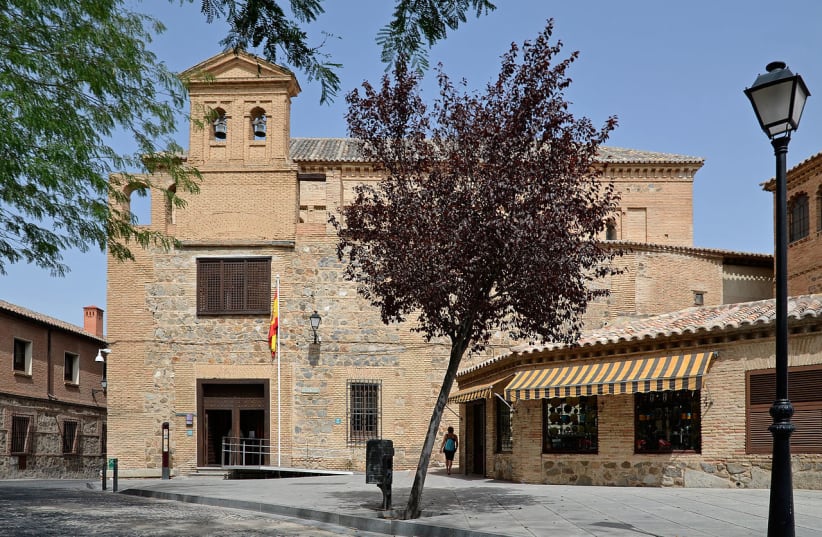However, for hundreds of years prior to Tomás de Torquemada’s Inquisition, Jews flourished in the Iberian Peninsula, possibly as far back as biblical times, with some arguing Jonah’s initial destination of Tarshish was in Spain.
“We don’t have actual evidence of a biblical presence,” says Moisés Hassán-Amsélem, who owns JewishSpainTour.com. “It may be that Jews arrived in southern Spain in the times of King Solomon, trading with the Phoenicians. But from what we know, they didn’t settle here. If we want to find archaeological evidence, we need to move forward to Roman times.”
Hassán-Amsélem’s résumé makes him the perfect host for visitors to Spain. Born in Seville to Spanish-speaking Moroccan parents, he is a lecturer at in the Law Department of Universidad Pablo de Olavide of Sevilla and a member of the Advanced Research Group on Holocaust Studies and Antisemitism.
“I am what we call in Spain a non-practicing lawyer,” he quips. “Nowadays I am very much into Jewish tourism and education. Not only do we tell visitors about Spain’s Jewish history, but also its present and future.”
Today the Jewish community numbers some 45,000, according to the European Jewish Congress. The largest centers are Madrid and Barcelona, with around 15,000 members each. Communities in Alicante, Benidorm, Canarias, Majorca, Tenerife, Seville and Valencia number in the hundreds.
At its peak, around 700 years ago, there were perhaps a quarter-of-a-million Jews living in Spain. The Golden Age of Spanish Jewry saw great poets, authors, astronomers, physicians and religious scholars, in some cases all rolled into one outstanding individual, such as Maimonides. The most significant concentrations were in Lucena, Cordoba, Toledo and Seville, along with Barcelona
In most cases, there is little to see today of this great past, but for those seeking out historic synagogues and the quarters where Jews once roamed with heads held high, Hassán-Amsélem recommends heading to Toledo and Cordoba.
Toledo lies an hour’s drive southwest of Madrid, or a 33-minute train journey. One can visit two former synagogues: The Santa María la Blanca was converted into a church in the 1400s, while El Transito Synagogue was built by the Abulafia family in the 1300s. The latter has been lovingly restored, along with the adjoining museum.
The tiny 1315 synagogue in Cordoba is located in Tiberias Square, named such for the city where Maimonides was buried. Experts are unsure who built the synagogue and who worshiped there. Its small size makes some believe it was a private prayer room for a local family, while others suggest it was used by a guild. One can drive to Cordoba from Seville in under two hours, while the train gets you there in 45 minutes.
Hassán-Amsélem points out that Cordoba is a must for those seeking more than Jewish heritage. One of the world’s great cities in its heyday, with an incredible 70 libraries in the 10th century, Cordoba boasts remarkable reminders of its Moorish (Muslim) and Christian history.
“It’s impossible to separate the three religions when thinking about Spain,” he says. “They weren’t fighting against each other all the time. Most of the time there was collaboration. They coexisted.”
For many, the highlight of Cordoba is the cathedral – a former mosque. Officially named the Cathedral of Our Lady of the Assumption, it is more often referred to as the Mosque–Cathedral of Córdoba.
“It’s a Moorish cathedral in which you can see both elements combined. You can find many other examples like this across Spain but particularly in the South.”
For kosher travelers, things are improving. Kosher food is readily available in Madrid, Barcelona, Málaga, Marbella and Torremolinos. Some Spanish companies are beginning to add a K-for-kosher stamp to their products and the Chief Rabbinate produces a kashrut list.
The writers are the cohosts of The Jerusalem Post Podcast Travel Edition. Listen at www.jpost.com/podcast.
